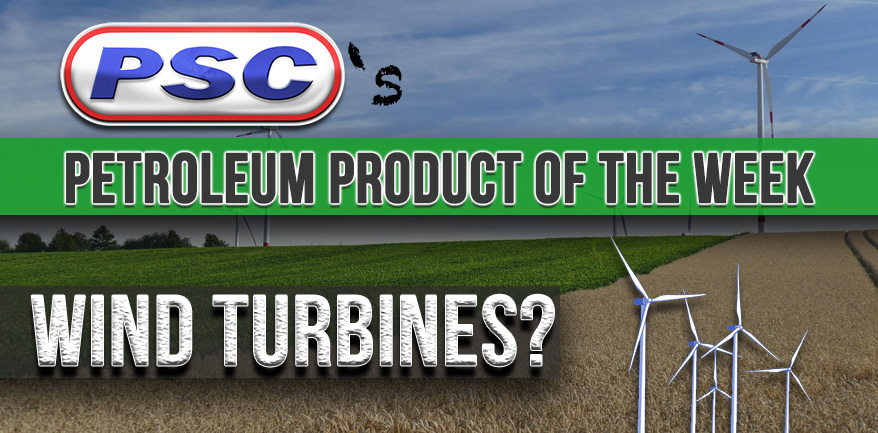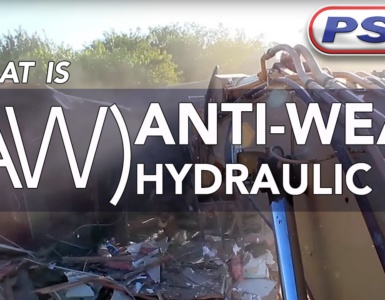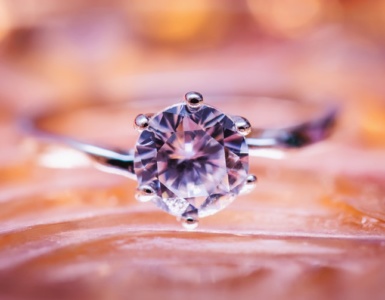You never thought about it before, but you’re already starting to understand.

The monstrosities that line countless mountain passes, rolling green hills, and dry desert lands across America – wind turbines – are modern scientific masterpieces. We’ve never been able to so sufficiently harness the “power” of wind as we do now, in 2016; and it’s taken thousands of years of experimentation to find a near-perfect design to convert the energy of wind so thoroughly.
Instead of powering sailboats or milling grain, wind is harnessed to produce a simple, raw energy resource: electricity. Wind acts as the force which gets the rotor spinning – the rotor is comprised of the blades and central “hub” to which they are adhered. As this hub rotates, it turns a low-speed shaft which, in turn, hooks up to a gear box; the slow-moving gears on the low-speed shaft interlock with fast moving gears on a high-speed shaft – converting the 30-60 rpms to about 1000-1800 rpms (the hotspot for electricity generation). The turbine also has a computer built in to detect when to “turn on” – if wind speeds exceed a certain MPH, then the machine gets to work.
It should be noted that turbine gearboxes are much like the gearboxes of other industrial machines – these require lubrication, maintenance, and, often, a huge upfront cost; while petroleum may indeed be used in this turbine component, this is but a small percentage of oil’s involvement in the production of alternative wind energy.

Consider first the structure of wind turbines, particularly the big ones. If you could tap on the bare surface of a wind turbine (without all of the nice white coating), you’d be met with the low, subtle timbre of pure, good old-fashioned Pittsburgh (or Chinese, or Japanese, or Korean, or Luxembourgian) steel – and lots of it. In fact, according to Vaclav Smil of spectrum.ieee.org, a single 5-megawatt turbine requires about 150 metric tons of steel for the foundation, 250 metric tons for the rotor hubs and nacelles, and 500 metric tons for the towers!
Now, I know what you’re thinking – steel isn’t made from petroleum, it’s made from coal. True. Yet – all of those tons – it’s hard to believe they’re transported via a fleet of Chevy Bolts. No, of course not – all of that steel is transported via the only current on-the-road vehicles capable of moving that much weight: diesel-fueled vehicles. We forgot to mention, before the steel gets shipped out, it must also be coated with composite resins — these resins are derived from hydrocarbons, often the products of liquefied petroleum gas. By Smil’s estimates, the amount of oil needed to produce 2.5 TW of wind power by 2030 would require a staggering 90 million metric tons of crude oil – lastly, once the turbines arrive at their final destination, they are given another coat of petroleum-based, waterproof resin. Add that in with the aforementioned lubrication requirements and the wind turbine starts to sound quite a bit like a petroleum product.

Please, don’t be mistaken – each newly erected wind turbine is an incredible feat of engineering. These machines often generate more energy than is required to assemble them and have a very low CO2 output; yet, until the many constituents of the turbine-making process becomes less reliant on petroleum and coal, these massive windmills will continue to be a product of fossil fuels.
SOURCES
https://www.bbh.com/en-us/insights/steel-market-update–as-foreign-imports-surge–u-s–steelmakers-launch-trade-war/15976
http://spectrum.ieee.org/energy/renewables/to-get-wind-power-you-need-oil







